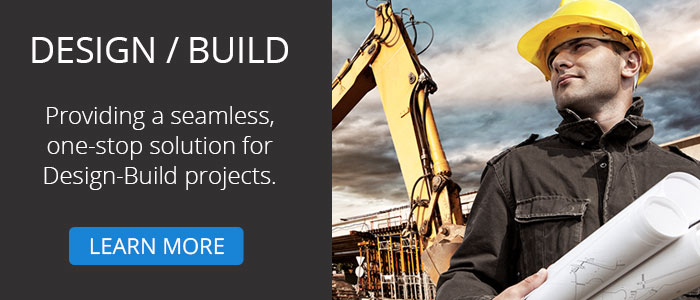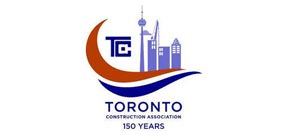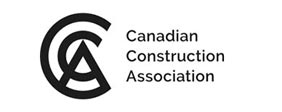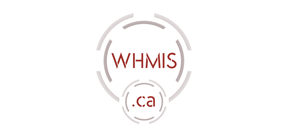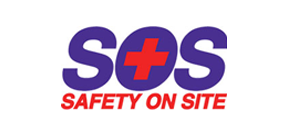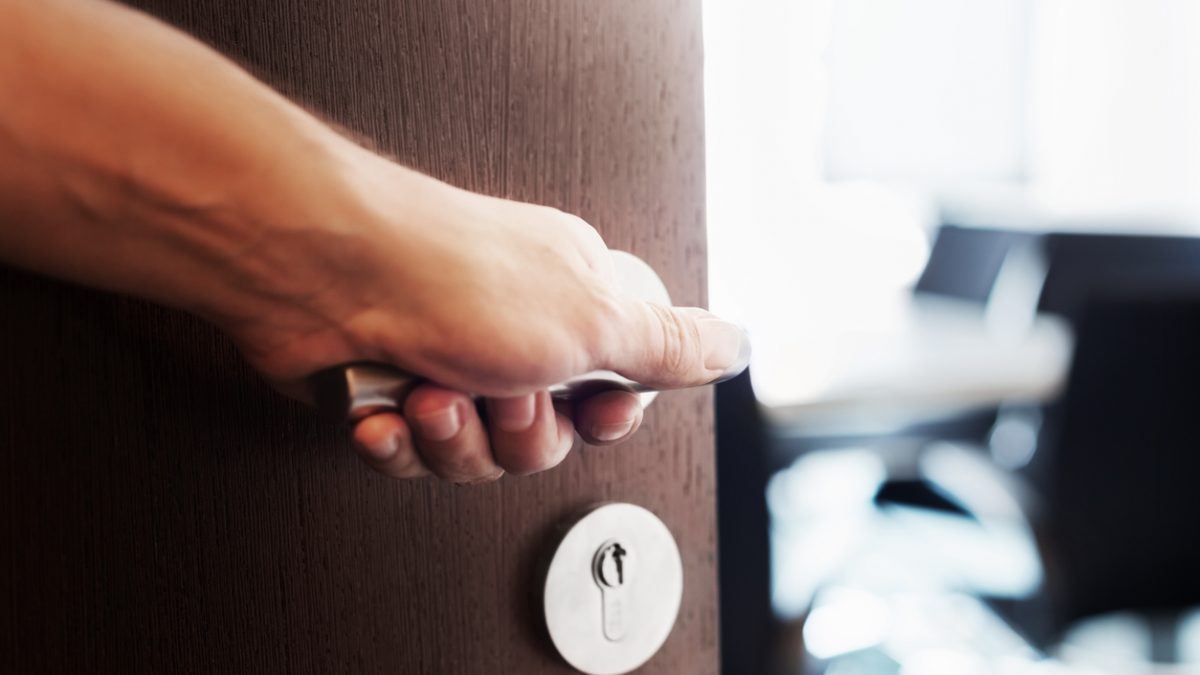
Office Design Trends for New Year to Feature Dynamic Spaces
What’s in store for office design trends this year? One concept we’ll be watching closely is ‘dynamic’ design. No more cubicle farms!
Step aside, cloth-covered partitions and cubicle desks: the latest trend in office design is incorporating the idea of ‘dynamic’ design into your office space. In short, this design concept means that your office layout – from floor plan to office furniture – is created to be extremely mobile, versatile and personalized, to fit the needs of a staff that are constantly innovating and rearranging.
There are many aspects to Dynamic Design, but here are some that you are likely to see in 2018 trends:
Openness
The cubicle, with its rigid square or rectangular boxes, has become increasingly out of favour, even after the open-concept office became popular. Now, the trend is toward glass partitions, lots of light, and the feeling that movement is free and people are easily accessible. Even poles and columns are less common in designs for the coming year. The ability to move freely through a space may reduce some isolation at the office, which can help make strong teams.
Breakout Spaces
By incorporating dividers that can strategically move and become an ad hoc meeting space, new dynamically designed offices will have the ability to create a meeting room when needed. The nice aspect is that, once a big meeting is over, smaller follow-up meetings with individual stakeholders in particular projects can happen by simply rearranging the office space and moving dividers so as to create various breakout rooms.
Movable Furniture
Using workbenches and seating that can roll or be locked in place depending on the occasion, new offices are creating infinitely customizable layouts. People can move from a standing to a seated desk, or over to an angled workbench, or over to a modular table that is actually six desks that snap together for a meeting. These combinations allow workers to selectively choose their private, focused work time, their productive collaboration time, and their frequent update meetings. This also provides an opportunity for some physical movement even in an office where employees are working on computers for much of the day, which can help their mental and physical health.
Who Benefits From Dynamic Design?
The concepts within dynamic design are most inviting to workers where collaboration, energy, and creativity are important. Some of these offices have younger crowds, even millennial workers, but dynamic design can benefit employees of all ages. For instance, if you begin your company with a small staff, expanding is easier to fund because adding more movable furniture and breakout spaces doesn’t require overhauling the entire office. New pieces and furniture can be added that compliments the old, while adding to the options available to the employees as they switch between tasks.
Want help implementing dynamic design in your next building project? Contact us.
Recent Posts

Want to Reduce Noise in the Office? Improve Your Acoustics

6 Of The Most Common Office Design Mistakes You’ll Want To Avoid

The Benefits and Drawbacks of Open Ceilings

3 MORE Upcoming Interior Design Concepts for the Office Space

Tips From a Commercial Contractor: The 5 Most Common Complaints About Office Design

